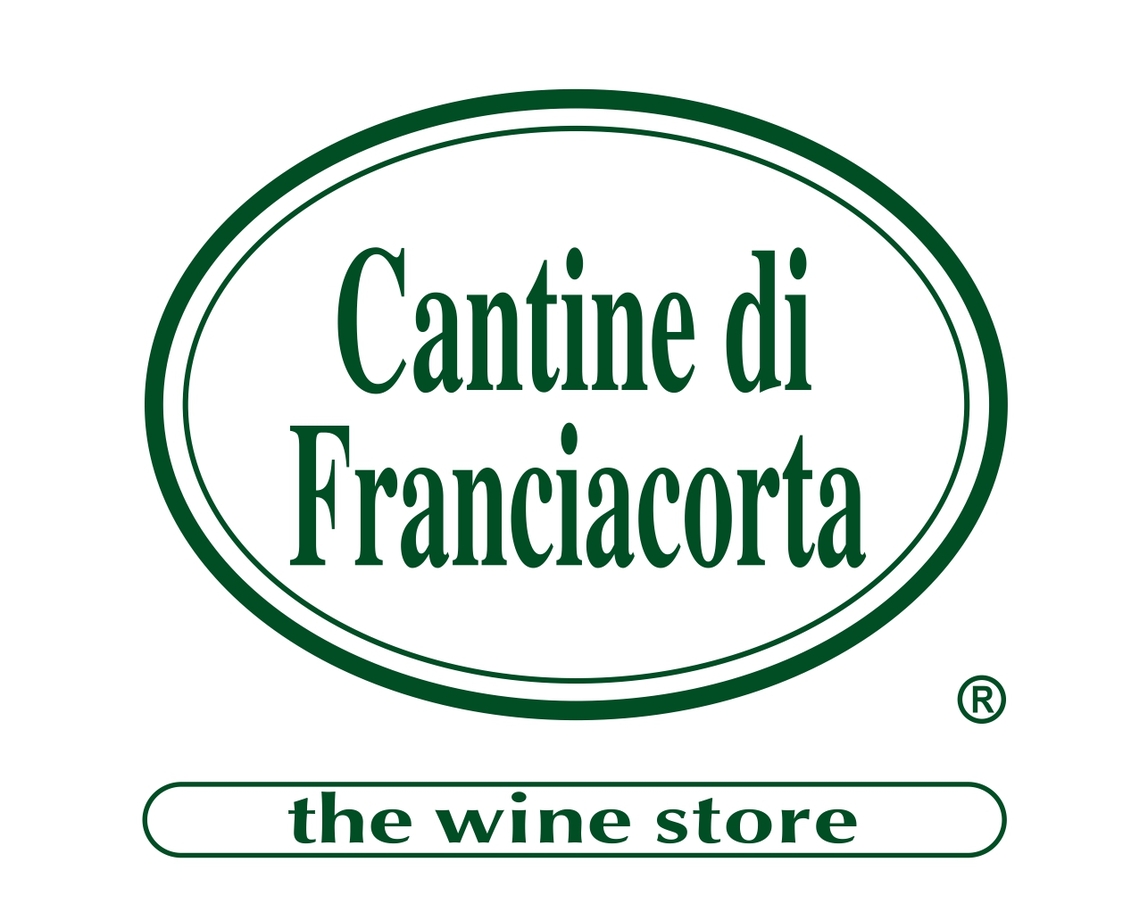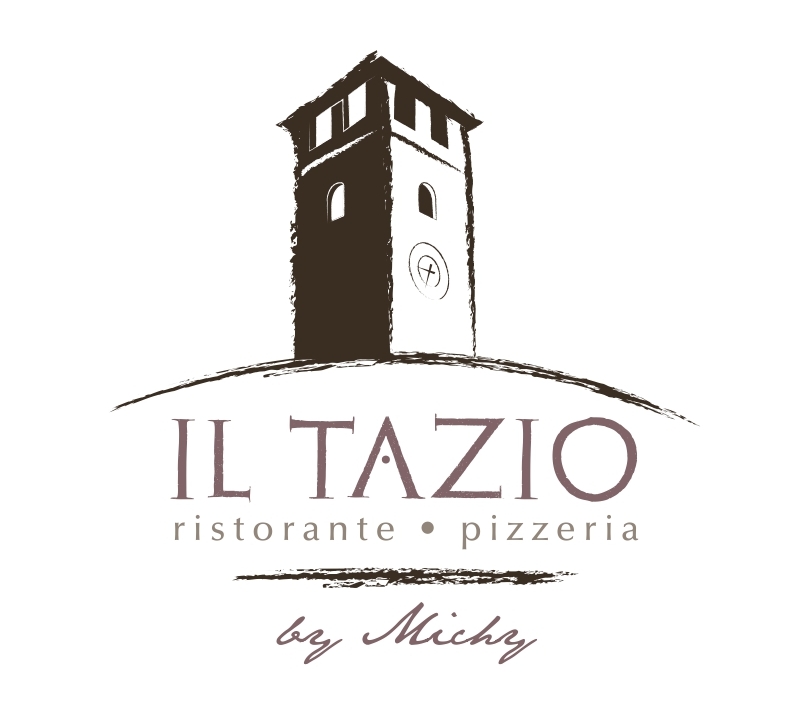Little Church of San Paolo
The church of San Paolo (St. Paul) rises in the top area of the historic centre, in the middle of the ancient Marenzi castle. Built in 1428, it was likely erected on a more ancient church. The hypothesis is supported by a Papal bull of 1120 which mentions “Curtis de Sarnega cum tribus capellis”. Two embrasures were found during the restoration works in 1969, which were belonging to the walls of the Medieval castle. A door (now closed off) was present on the east wall which was likely leading to a small cemetery. The roof was modified by replacing the possible wood truss with two pointed arches in masonry; these works date back to 1498 The church underwent upgrading works in 1638 and 1724 with the addition of Baroque adornments.
The exterior presents a fairly wide and low façade with Baroque portal (1724) in local stone and two side windows. The anomaly reflects the building interior featuring a nave, laid out transversally when coming in, divided in three bays by ogival masonry arches. The central bay features the entrance on one side and the high altar on the opposite side. Thus the central bay is a sort of ‘short nave’ featuring on the side two blocks of the same length. The layout suggests that the current aspect is due to an adaptation of previous wall structures.
A marvellous fresco by an unknown painter from Bergamo dating back to the last quarter of the 15th Century represents the altarpiece; it depicts the Pietà and Saints Cosmas and Damian inserted in a faux architecture recalling a wooden triptych. The work is of fine quality in terms of depiction of the body of Christ, where it is possible to appreciate the light complexion and the loincloth defined by a plasticity typical of northern cultures. Remarkable is the depiction of the cloak of Virgin Mary and the two doctors: shaped with very soft tones, they confer a real texture to the fabric. Most likely, the fresco of the Pietà was seen by Borromeo during a pastoral visit in 1575, when the cardinal mentioned Oratorium Sancti Pauli with a single altar “cum aliquibus imaginibus loco anchone”. Part of the saint doctors was destroyed by the introduction (1638) of two reliquaries (of Saints Callixtus and Pontian) built-in the wall with plaster frames, supporting two beautiful statues of Saints Peter and Paul, by an anonymous plasterer from Bergamo of the 17th Century. According to the version of A. Faccanoni, a wooden frame was added to the altar in 1862 designed by Vincenzo Busti, which was removed in 1969 to be placed on the right wall (when entering) around the 16th Century fresco depicting the Madonna and Child. However, the frame presents some fairly unusual solutions for a 19th Century work, like the presence of God the Father with arms wide open in the gable.
The fresco on the right wall also bears witness to the cult of Saints Peter and Paul, where the two apostles are set in two painted frames. The work, dating back to the early 16th Century, is of modest quality especially with regards the front pose of the saints and draperies that are fairly rigid, even if rich of details. The efforts that the unknown painter put in the architectural construction are visible, with small figures and candlestick decorations recalling ancient pieces seen perhaps in more modern centres. Moreover, at least for the part that is still preserved, the landscape view behind the shoulders of Saint Paul is also pleasant for the presence of classic buildings and for their perspective layout. Other frescos, difficult to read, can be found in the lower border of the altar.
Federico Troletti
For more information:
Sarnico. Testimonianze e aspetti di ieri e di oggi, a cura di A. VAINI, Sarnico (Bg) 1986.
VOLPI A., Miscellanea storica, Sarnico (Bg) 1979.
Sarnico tra Ottocento e Novecento. Archivio storico comunale a carte scoperte, a cura di F. NICEFORI, “I quaderni della biblioteca di Sarnico”, Sarnico (Bg) 2009.
Sebino. Guida illustrata del lago d’Iseo, a cura di V. ZANELLA, s.l. 1975.















